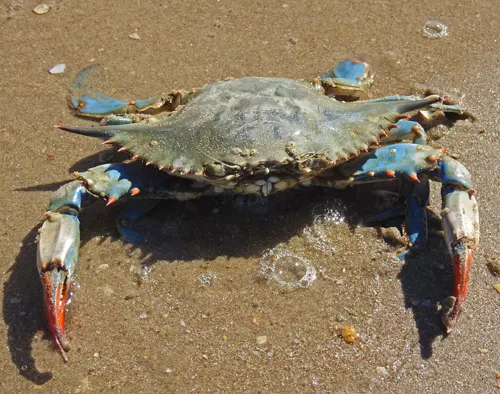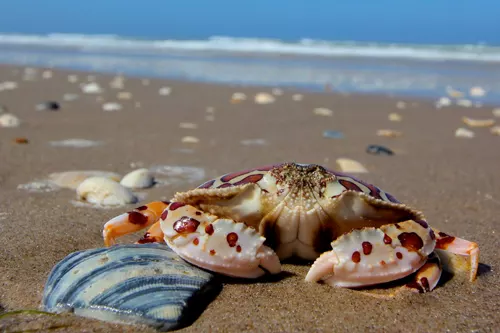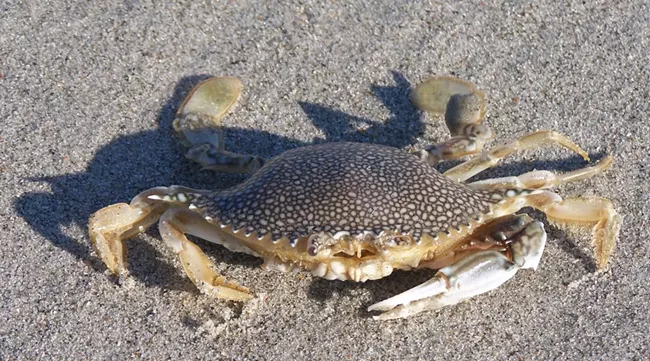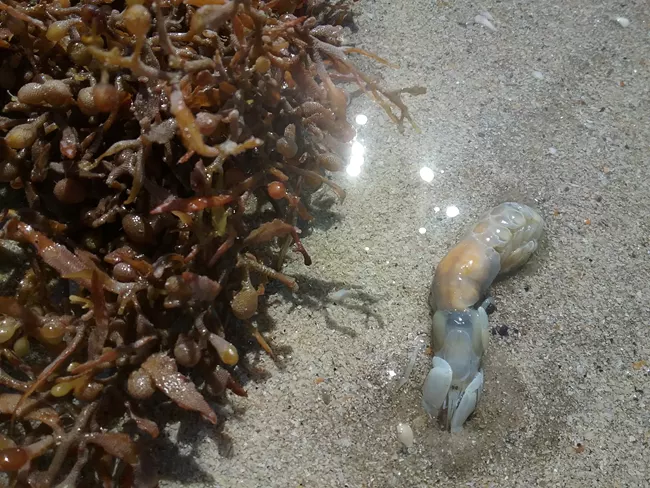

This research guides focuses on the marine life of the Rio Grande Valley. Marine life, also known as sea life or ocean life, is made up of plants, animals, and other organisms. The guide will provide researchers access to internal and external resources pertaining to dolphins, turtles, and fish.
The marine life of the lower Rio Grande Valley is attributed to the hypersaline ecosystem of The Laguna Madre. Laguna Madre is located off the coast of Texas in the North West area of the Gulf of Mexico. South Padre Island, located in Cameron County, gives us access to these beautiful sea creatures. (Image Source: Encyclopædia Britannica)


The bottlenose dolphin (Tursiops truncatus) is a cetacean species that is commonly found near coastline of The Gulf of Mexico. It is a highly intelligent creature with smooth rubbery skin which can be different shades of grey. Although they are not endangered, they are protected under the Marine Mammal Protection Act (MMPA). This legislation was originally established in 1972 and is implemented by NOAA Fisheries, U.S. Fish and Wildlife Service, and Marine Mammal Commission. In regard to the bottle nose dolphin it falls to the NOAA Fisheries to protect them. (Image Source: NOAA Fisheries - Common Bottlenose Dolphin.)
Map of Bottlenose Dolphin Sights by Mullin & Rose.

Dolphin’s skin can turn pink during the hot summer months. This allows them to stay cool. (Image Source: Chron - Britt Thompson)

 |
 |
 |
 |
 |
|
| Name | Kemp's Ridley Turtle | Green Turtle | Hawksbill Turtle | Loggerhead Turtle | Leatherback Turtle |
| Scientific Name | Lepidochelys kempii | Chelonia mydas | Eretmochelys imbricata | Caretta caretta | Dermochelys coriacea |
| General Information | The Ridley turtle is protected under the Endangered Species Act since its drastic population decline in the mid twentieth century. The National Park Service at Padre Island National Seashore "has spent the last 40 years", in collaboration with Kemp's Ridley Sea Turtle Recovery Program, safeguarding against this turtle's decline from existence. Interestingly, when this turtle nests it does so during the day. The temperature of the egg dictates the gender of the turtle.
Warm = Female Cold = Male |
Green turtles are commonly found off the coast of Texas. Coincidentally this turtle's color is not primarily green. The vegetarian diet they consume, as the grow older, gives their fat a greenish color. | The Hawksbill turtle's name is derived from their beaks being similar to that of a hawk. Also their shell is unique in that it has overlapping plates that are serrated. This uniqueness is one of the primary reasons this turtle population faces decline. Individuals harvest the shell "to make jewelry, barrettes, combs, and other trinkets." | The Loggerhead sea turtle is one of the most populous of all the turtle species found at sea. They are known for traversing the open seas. You can find them creating a habitat as far as Australia. This turtle is known to be primarily carnivorous. | The Leatherback turtle's name coincides with its tough leather type coating. This turtle is unique in many facets. They are the largest known sea turtle and are capable deep-sea dwellers. Their food of choice is jellyfish due to the structure of its beak. |
| Fun Facts |
This turtle is listed as the smallest sea turtle species in the world! |
The green turtle does not start off as vegetarian. Initially they consume both plant and animal nutrition. | When it comes time to nest, this turtle seems shy, and does so away from other turtles at night. | This turtle's name, Loggerhead, coincides with the relatively big head they have! | According to the Sea Turtle Conservancy, the largest recorded Leatherback was almost ten feet in length and weighed over two thousand pounds! |
Turtle Image Source: NOAA Fisheries
Crustaceans are known to have a hard shell or tough covering that wraps surround their bodies This includes crabs, lobster, and shrimp to name a few. There are forty one species of crustaceans that are found in the South Padre coast.

The Blue Crab is a popular crustacean due to its vibrant colors. They are commonly found in the Gulf of Mexico. You can distinguish the female by the red-tipped claws she has. This crab is also classified as an omnivore. Interestingly, during the mating process, the female crab is carried by the male for the duration. (Image Source: NPS)
These two crabs can be found on the shores of South Padre Island. They both have very distinct patterns on their shells. The Calico Box Crab, pictured on the left, has a red leopard pattern across its body. The Speckled Swimming Crab, pictured on the right, has green spots on its exterior. Both of these crustaceans have an affinity to burrow into the sand. This is utilized as a defensive and offensive mechanism, but the Calico Box Crab does not use this trait to hunt. It is mostly a scavenger. (Calico Box Crab Image Source: NPS - Kyle Christensen; Speckled Swimming Crab Image Source: NPS - UM Museum of Zoology)



Ghost Shrimp are named due to the transparent quality of their bodies. Although small in stature, this shrimp can dig up to four feet into the ground. They are also capable of going without oxygen for days. (Image Source: NPS - Jamie Kennedy)
Collection contains articles, clippings, flyers, brochures, maps, and other ephemera collected by the Library Special Collections on topics concerning the Lower Rio Grande Valley Collection pertaining to the geographic region of southern Texas and northeastern Mexico. Many of these materials are protected by U.S. Copyright Law.
Collection consists chiefly of 35 mm slide collection documenting Dearl Adams efforts to establish a rookery for the Kemp's Ridley sea turtle on South Padre Island. Images show turtles at different life cycle stages, including nests, eggs, hatchlings, adolescents and adults.
Dearl Adams and his family (brother Thearl and wife Ethel) were citizen conservationists from Brownsville, Texas. The Adames led efforts to gather eggs from the sole Kemp's ridley sea turtle rookery in Playa Rancho Nuevo, Mexico and relocate them to new nesting grounds on South Padre Island. Dearl and Ethel Adams along with their children and Ila Loetscher would drive six hours to Playa Rancho Nuevo and back. They would plant eggs on the beach on South Padre Island and guard them until they hatched (50–60 days) and made their way to the waters of the Gulf.
Manny Rodriguez is a Library Associate with UTRGV Special Collections & Archives. He joined the University Library in 2015 as a student worker and later as a full-time member of the team. Manny earned a Bachelor of Arts in Anthropology & History from UTRGV in 2016. He is currently pursuing his Master of Library Science from Texas Woman’s University.
Appointments are recommended for most new researchers. Our team is available in Brownsville and Edinburg to assist you with identifying resources.